Curtiss P-6 Hawk
In 1927 the fourth P-2, serial 25-423, was fitted with a Curtiss V-1570* engine specifically for
participation in the National Air Races that year. At the time, it was customary for the Army to
apply a new designation to an aircraft that had had a different type of engine installed than
that which was normally used, so the ship was redesignated as the XP-6. Despite this,
however, the XP-6 had little in common with the resulting family of P-6 Hawks.
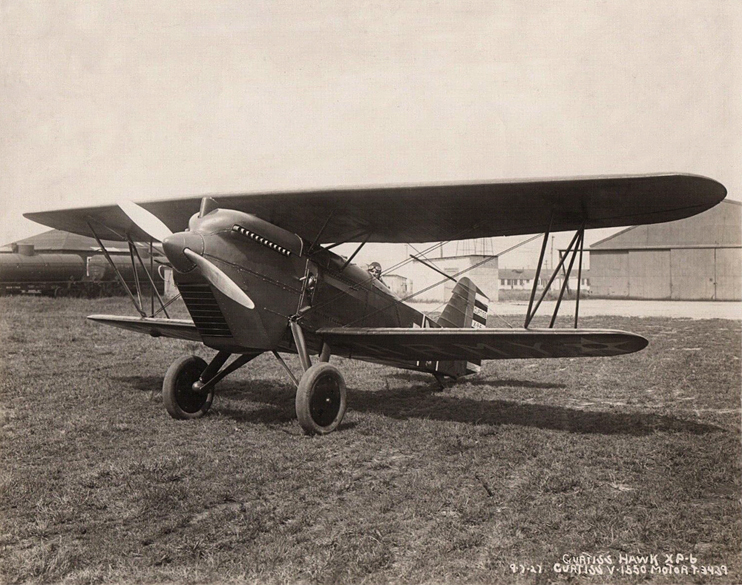
Project 914 Archives -
Larger Image
* All references I've come across state that the engine used in the XP-6 was a V-1570. However,
the photo above, as well as at least one other, indicate that the engine was a V-1550 which
is stated by one reference as being the prototype for the V-1570. I'm not an 'engine guy'
and do not know for sure which is correct. So, for the moment, I will go with the flow
and name the V-1570 as the XP-6's powerplant until I discover differently.
A fine view of a P-6E, the penultimate variant of the type.
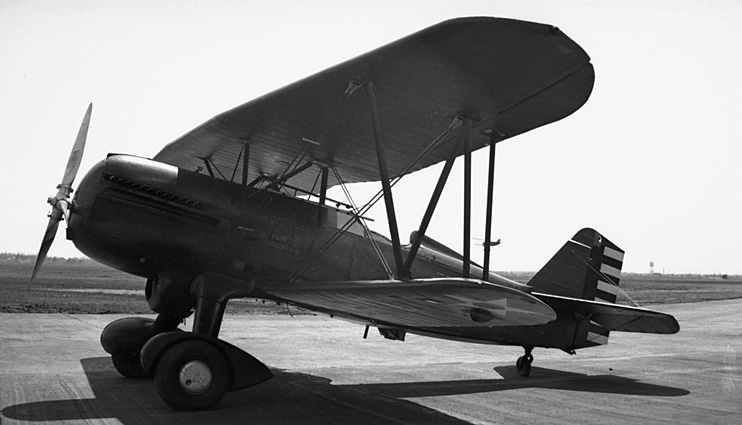
Project 914 Archives -
Larger Image
A P-6E of the 1st Pursuit Group at a snowy Selfridge Field, Michigan.
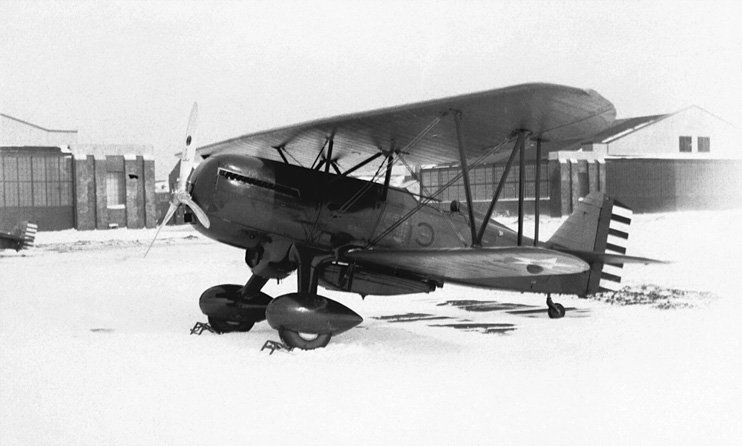
Project 914 Archives (S.Donacik collection) -
Larger Image
The P-6 is perhaps the most well-known of the Curtiss biplane Hawks, if only because of the 17th
Pursuit Squadron. With their Snow Owl insignia and vivid feathers and talons artwork applied to each
ship's nose and wheel fairings, the 17th's P-6Es were often photographed and highly-publicized.
See more 17th PS Hawks HERE...

Project 914 Archives -
Larger Image
P-6E 32-239 of the 27th Pursuit Squadron, 1st Pursuit Group. This ship was serving with the
33rd Pursuit Squadron, 8th Pursuit Group when John R. Alison (yes, THAT John R. Alison) made
a forced landing near Capahosic, Virginia on April 18th, 1938 after the engine quit. In 1939
this ship was sent to the Ryan School of Aeronautics at San Diego, California.
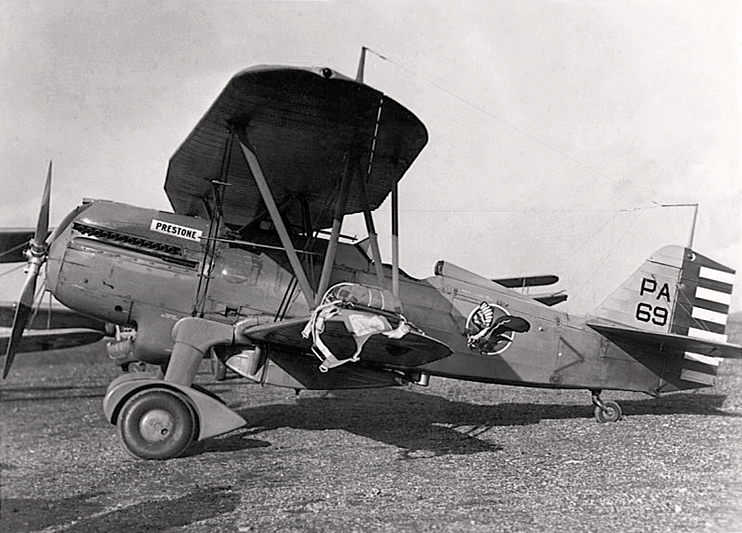
Project 914 Archives -
Larger Image
A 94th PS P-6E in flight near Selfridge Field, Michigan.
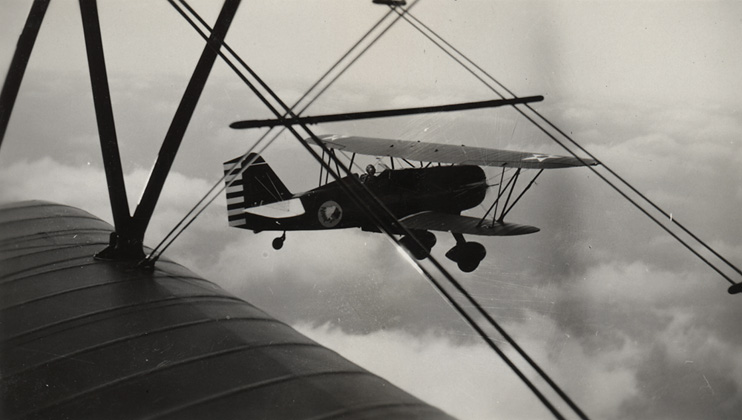
Project 914 Archives (S.Donacik collection) -
Larger Image
P-6E #18 of the 33rd Pursuit Squadron, 8th Pursuit Group.
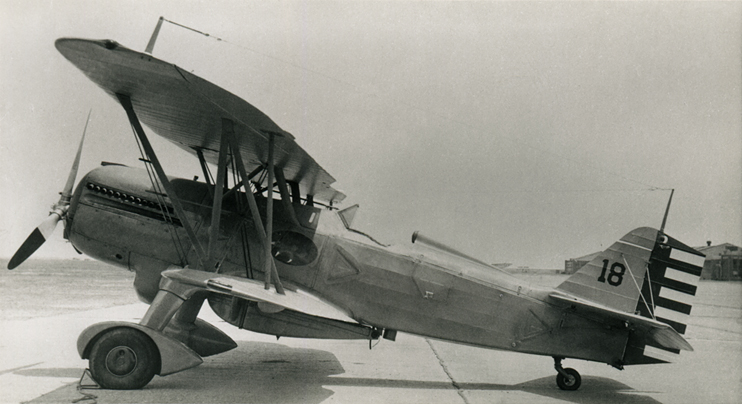
Project 914 Archives (S.Donacik collection) -
Larger Image
P-6E #19 from the 33rd Pursuit Squadron. This ship is assigned to the 'A' flight leader.
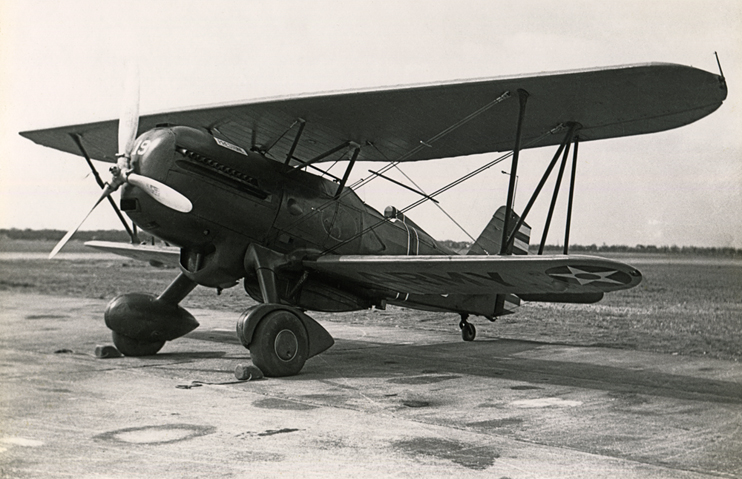
Project 914 Archives (S.Donacik collection) -
Larger Image
A closer look...
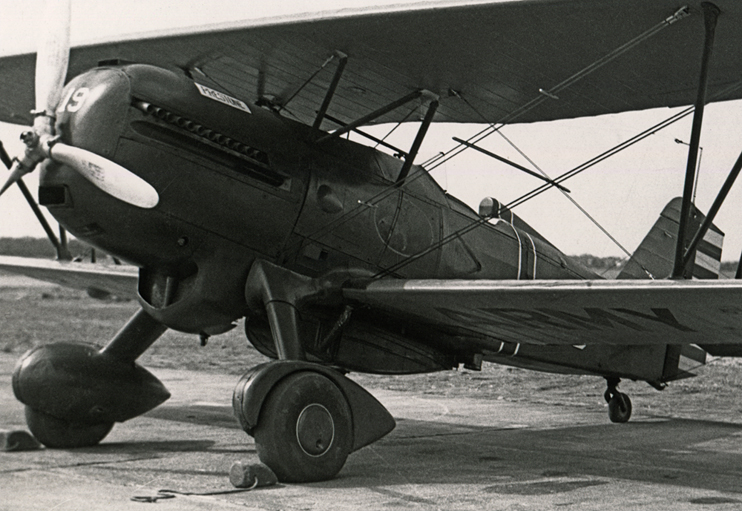
Project 914 Archives (S.Donacik collection) -
Larger Image
Another view of ship #19.
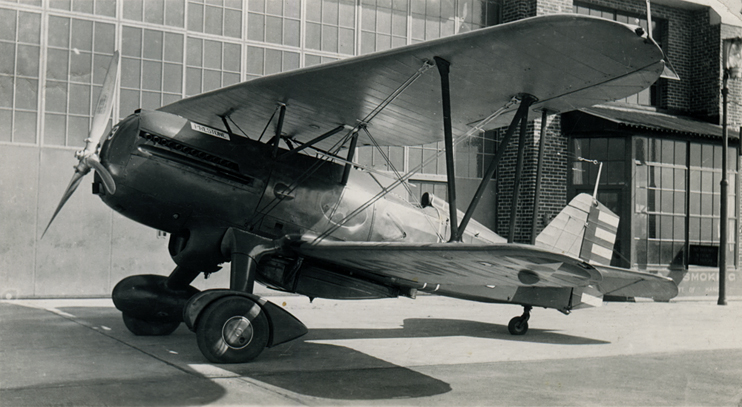
Project 914 Archives (S.Donacik collection) -
Larger Image
Another ship assigned to the 'A' flight leader of the 33rd PS was this P-6D.
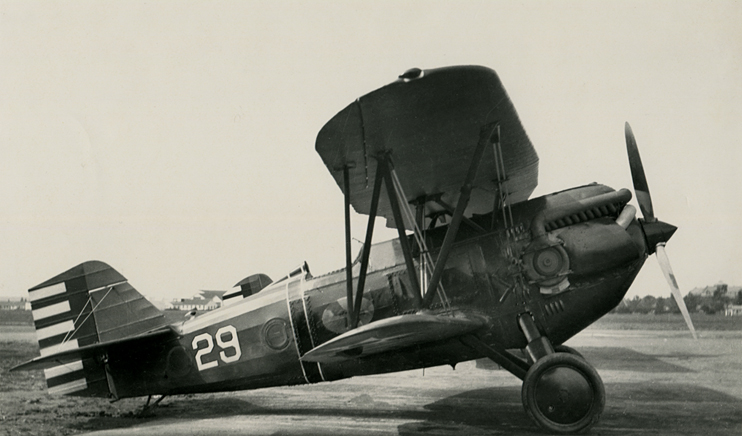
Project 914 Archives (S.Donacik collection) -
Larger Image
And here's another 'A' flight leader's ship, possibly from the 36th PS,
looking at the white command stripe. Further digging is needed...
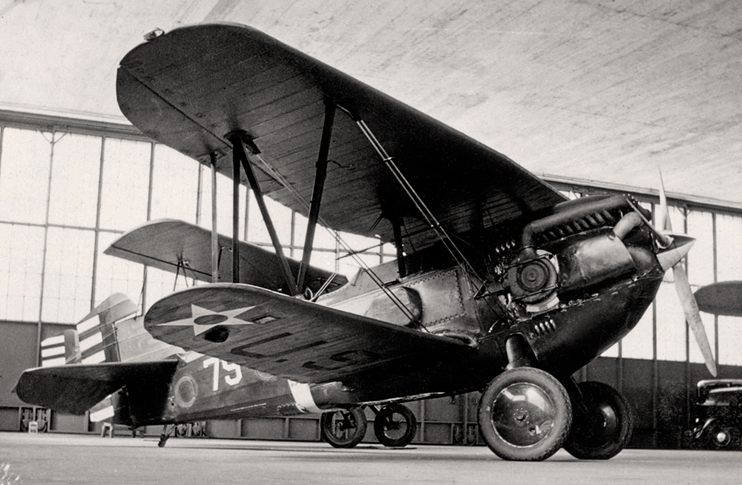
Bonner collection via Airailimages -
Larger Image
As was the case with many Air Corps aircraft that had left operational service,
this P-6E was used as an instructional airframe, possibly by the Ryan School of
Aeronautics at Lindbergh Field, San Diego, California during the late 1930s.
If so, could this maybe be P-6E 32-239, formerly of the 27th PS, shown above?
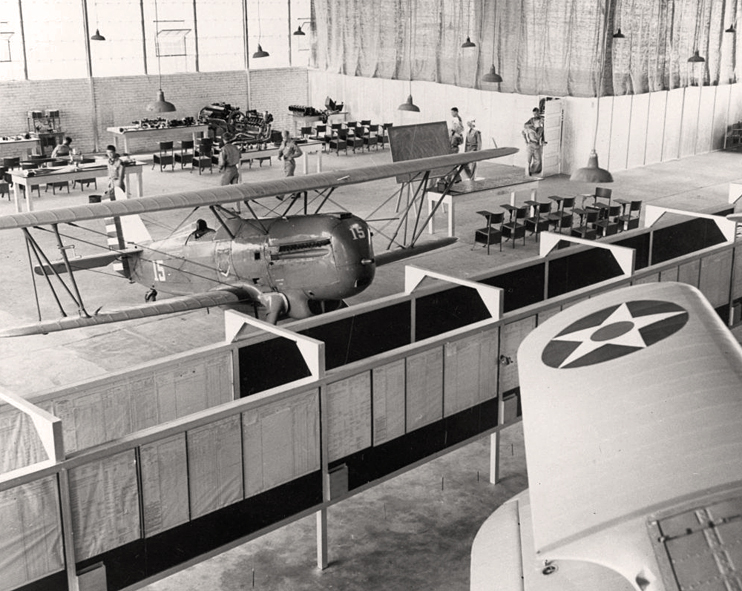
San Diego Air and Space Museum (Everett Cassagneres collection) -
Larger Image
These three photos show one of three ships powered by the Pratt & Whitney
R-1340 Wasp to be produced for Cuba in 1930 under the designation P-6S.
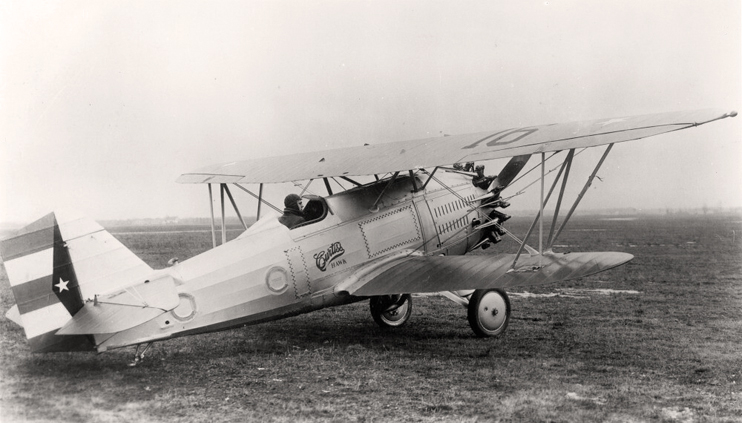
San Diego Air and Space Museum (Ray Wagner collection) -
Larger Image
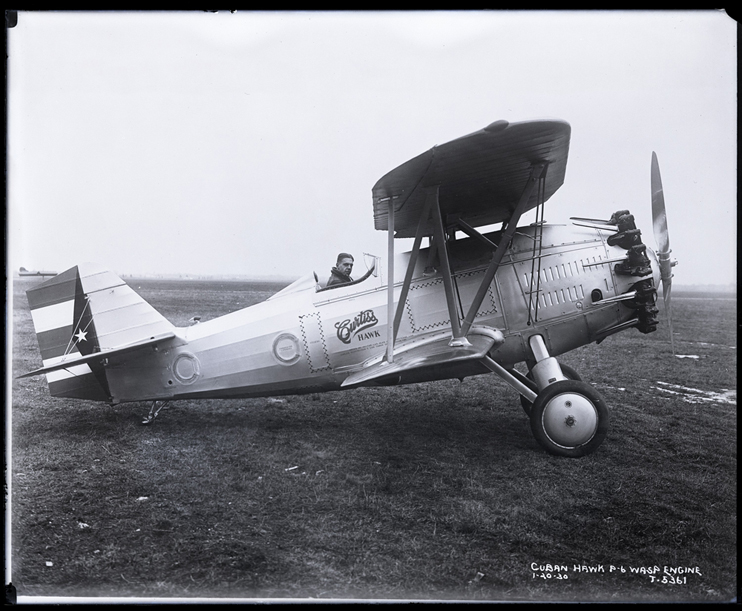
National Air and Space Museum -
Larger Image
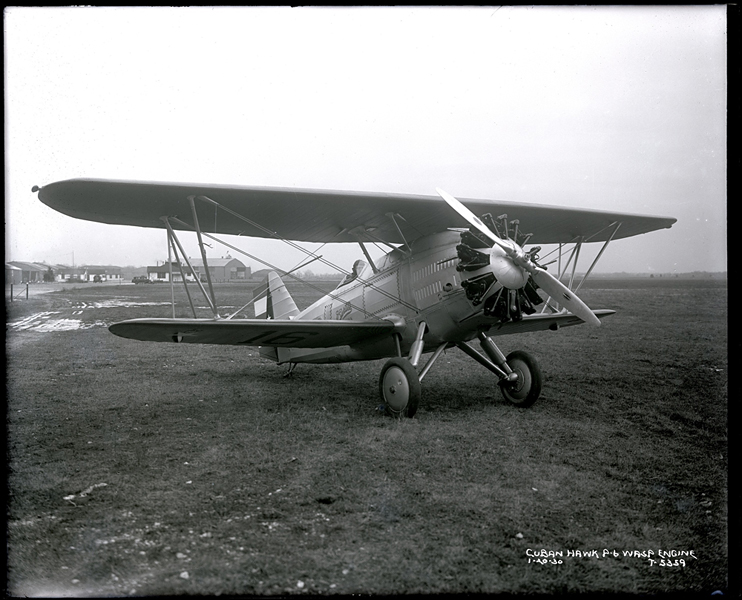
National Air and Space Museum -
Larger Image
Back to 'Other Curtiss Aircraft'









